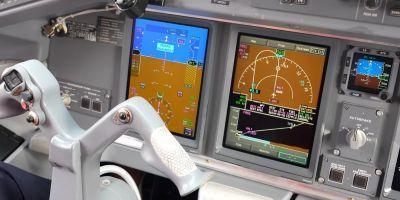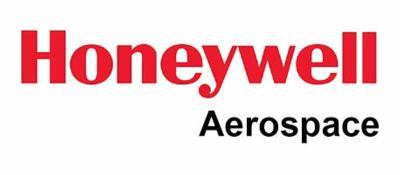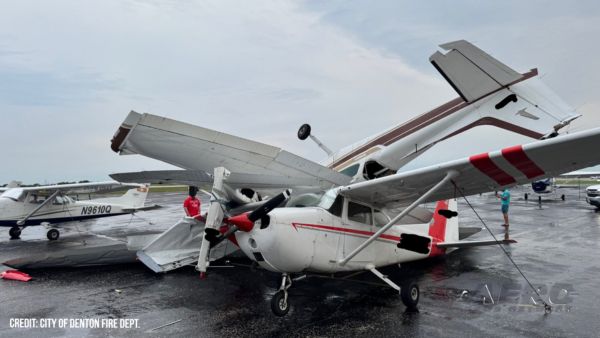Sun, Sep 14, 2025
Honeywell’s Surface Alert System Progresses Towards Commercial Rollout
Honeywell has come one step closer to helping prevent runway incursions, with its SURF-A surface alert system now entering its final phase of testing. The tech sounds an audible alarm, bluntly “traffic on runway,” 30 seconds and 15 seconds before a potential collision could occur.

Runway incursions have become one of the FAA’s biggest headaches, with 1,664 reported in 2024, seven of them involving two aircraft on a collision course. In these situations, every second makes a difference: "It sounds like such a small amount of time, but things happen so rapidly, and 15 to 30 seconds is actually a very, very large margin when you're moving at the speeds that we're moving in an aircraft like this,” explained Honeywell test pilot Doug Rybczynski.
The company is flying its Boeing 757 testbed in the fall with certification loads installed, beginning the last round of system performance and human-factors evaluations. Honeywell hopes to earn a supplemental type certificate in the first half of 2026, allowing airlines to install the technology later that year. The project, which began back in 2020, is pitched as the first commercial-scale solution targeting the reduction of cockpit-level blind spots during takeoff and landing.

A recent demonstration of the technology turned heads. Honeywell put a Gulfstream on the runway in Topeka as the 757 approached. The SURF-A system used ADS-B Out position data to give both alerts, and the pilot executed a clean go-around. The scenario was designed to mirror a 2023 near-collision at Austin-Bergstrom International Airport, when a FedEx 767 on final approach narrowly missed a Southwest 737 cleared onto the same runway. Honeywell argues its system would have given the FedEx crew an extra 28 seconds of notice to react deliberately.
Still, Honeywell executives know that SURF-A is not a cure-all. "Pilots have a shared destiny on the aircraft. The pilot can be doing everything correct, but on a path to disaster,” said Honeywell technical fellow Thea Feyereisen.
More News
About 2132 And At 11,800 Ft MSL, The Airplane Began A Rapid Right Spiraling Descent On August 18, 2025, about 2133 central daylight time, a Lancair NLA-275-FR-C airplane, N345LA, w>[...]
Aero Linx: The Collings Foundation The Collings Foundation is a non-profit, Educational Foundation (501(c)3), founded in 1979. The purpose of the Foundation is to preserve and exhi>[...]
"This first FAA certification enables us to address the pilot shortage crisis with modern training solutions. Flight schools need alternatives to aging fleets with 40-year-old desi>[...]
North Atlantic High Level Airspace (NAT HLA) That volume of airspace (as defined in ICAO Document 7030) between FL 285 and FL 420 within the Oceanic Control Areas of Bodo Oceanic, >[...]
“HITRON embodies the Coast Guard’s spirit of innovation and adaptability. From its humble beginnings as a prototype program, it has evolved into a vital force in our co>[...]
 NTSB Prelim: Lancair NLA-275-FR-C
NTSB Prelim: Lancair NLA-275-FR-C ANN's Daily Aero-Linx (09.12.25)
ANN's Daily Aero-Linx (09.12.25) Aero-News: Quote of the Day (09.12.25)
Aero-News: Quote of the Day (09.12.25) ANN's Daily Aero-Term (09.12.25): North Atlantic High Level Airspace (NAT HLA)
ANN's Daily Aero-Term (09.12.25): North Atlantic High Level Airspace (NAT HLA) Aero-News: Quote of the Day (09.13.25)
Aero-News: Quote of the Day (09.13.25)




